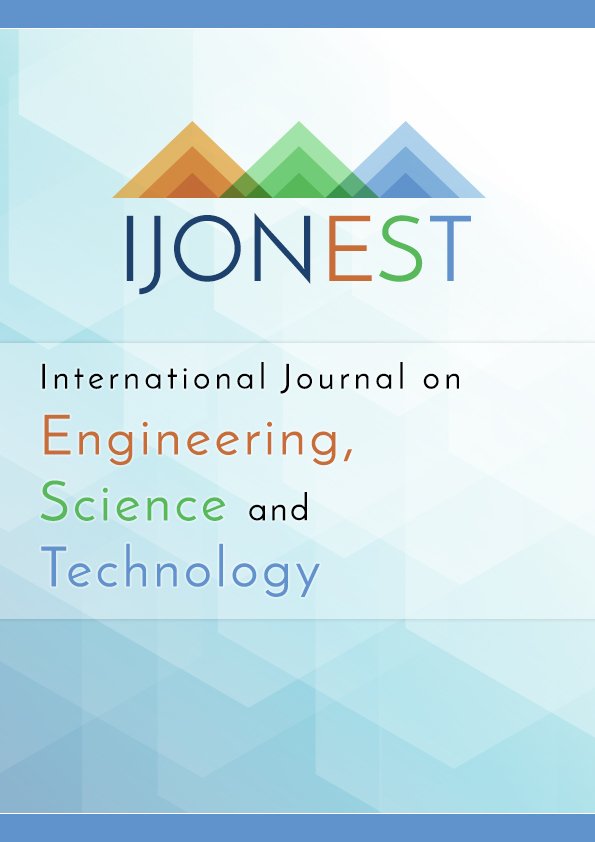An Investigation of Teaching Engineering Practice in Higher Education
DOI:
https://doi.org/10.46328/ijonest.172Keywords:
Engineering Practice, Content, Industry, Soft Skills, Higher EducationAbstract
Current trends in engineering have been recording major changes in the mode of operation that require close alignment with academia to ensure the suitability and successful outcome of graduate student employment. In an everchanging environment traditional “hard” aspects of engineering knowledge are essential but do not, by themselves, ensure a graduate candidate’s suitability for a particular post. Increasingly, the industry is observing a “divergence” between academic teaching and industrial practice in terms of the necessary “soft” engineering skills. Results: This project identified the differences between the student and industry professional expectation of those elements of engineering practice that transcend the “hard” elements of the engineering curriculum by focusing on the opinion and desirability of a series of skills such as: Project Planning; Business Planning; Competitor Analysis; Market Analysis; Finance; Health and Safety; Stakeholder Analysis; Strategy; Innovation in Enterprise; Leadership; Risk Management and Ethics. To that effect a set questionnaire ranking those skills in terms of importance and difficulty has been disseminated to student and industry professionals along with two open ended questions that asked participants to identify graduate engineers’ needs and curriculum enhancements. Conclusions: This paper identified and quantified the difference of opinion between students and industry professionals and illustrated the differences in what each perceive as important and difficult leading to a better understanding of the changes in terms of curriculum delivery and expectation management to avoid integration issues of graduate engineers in the industry.Downloads
Published
Issue
Section
License
Articles may be used for research, teaching, and private study purposes. Authors alone are responsible for the contents of their articles. The journal owns the copyright of the articles. The publisher shall not be liable for any loss, actions, claims, proceedings, demand, or costs or damages whatsoever or howsoever caused arising directly or indirectly in connection with or arising out of the use of the research material.
The author(s) of a manuscript agree that if the manuscript is accepted for publication in the International Journal on Engineering, Science and Technology (IJonEST), the published article will be copyrighted using a Creative Commons “Attribution 4.0 International” license. This license allows others to freely copy, distribute, and display the copyrighted work, and derivative works based upon it, under certain specified conditions.
Authors are responsible for obtaining written permission to include any images or artwork for which they do not hold copyright in their articles, or to adapt any such images or artwork for inclusion in their articles. The copyright holder must be made explicitly aware that the image(s) or artwork will be made freely available online as part of the article under a Creative Commons “Attribution 4.0 International” license.

This work is licensed under a Creative Commons Attribution-NonCommercial-ShareAlike 4.0 International License.





